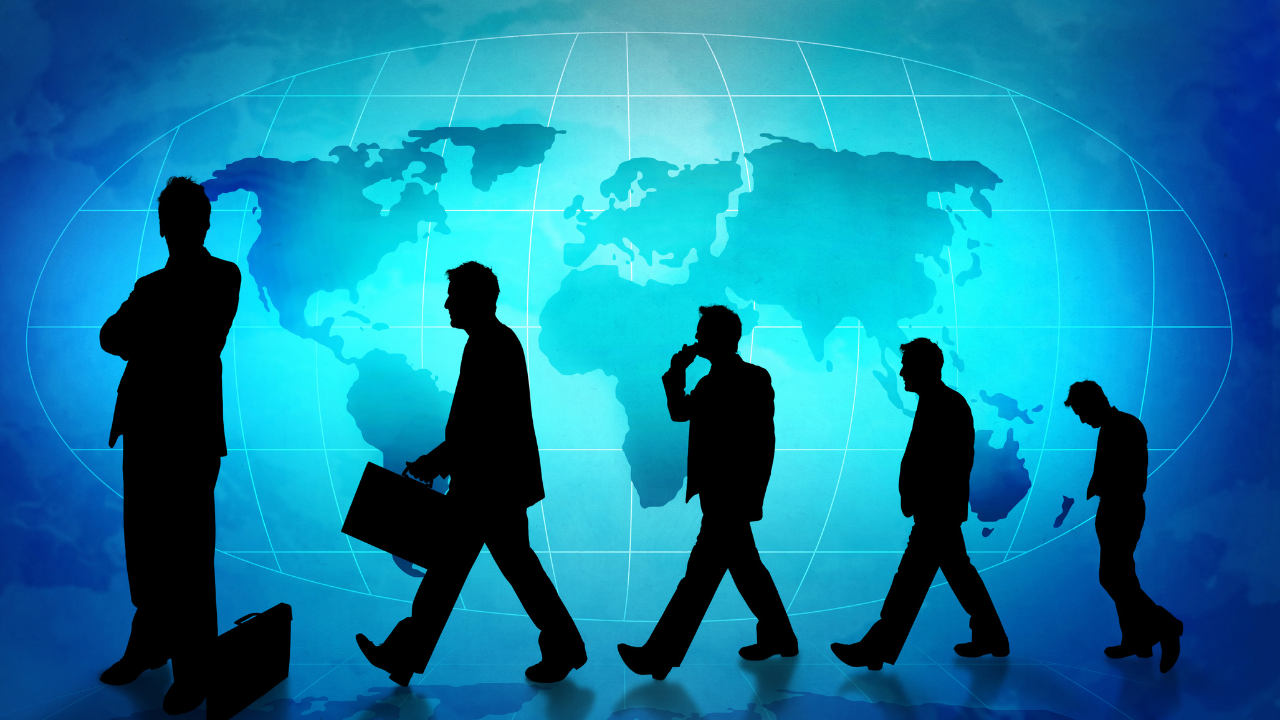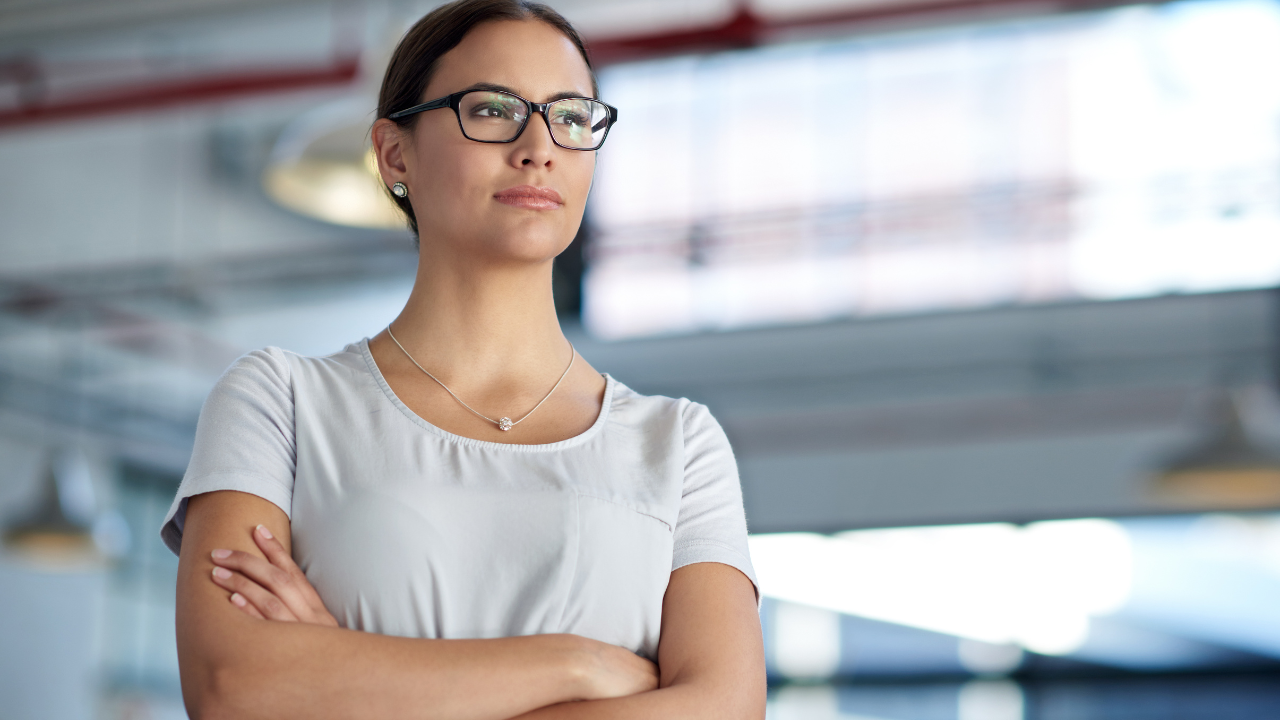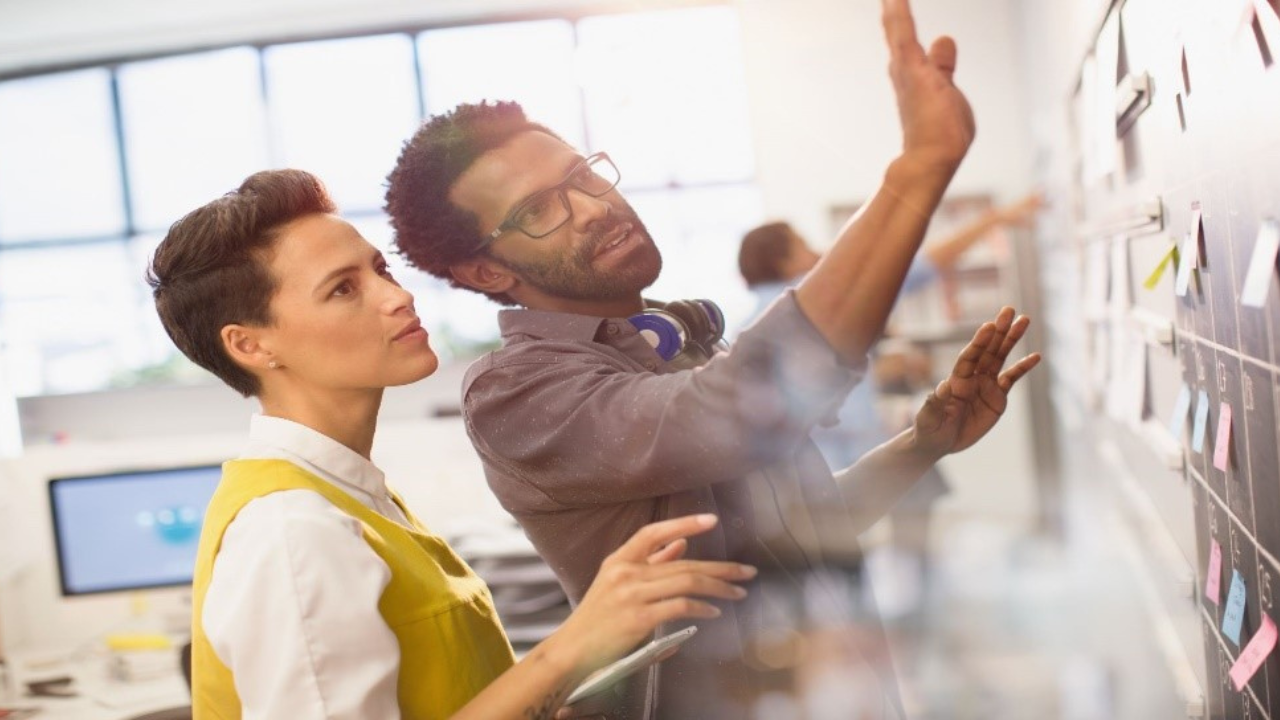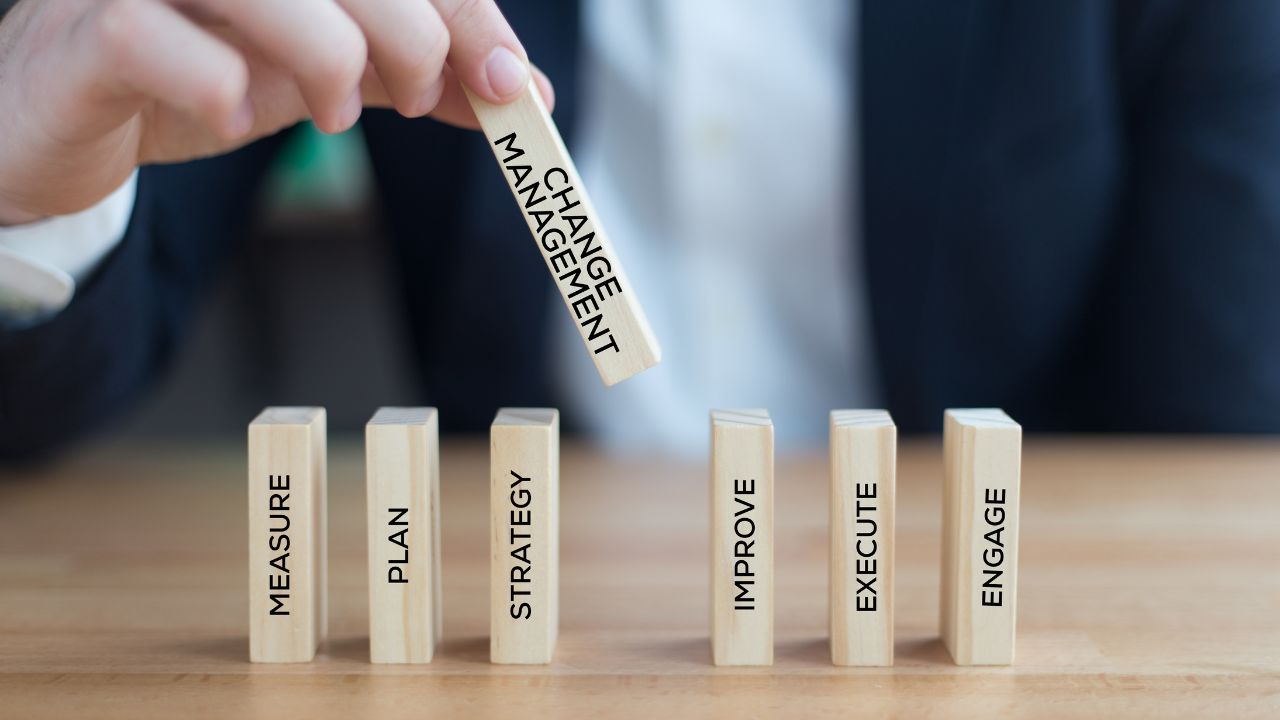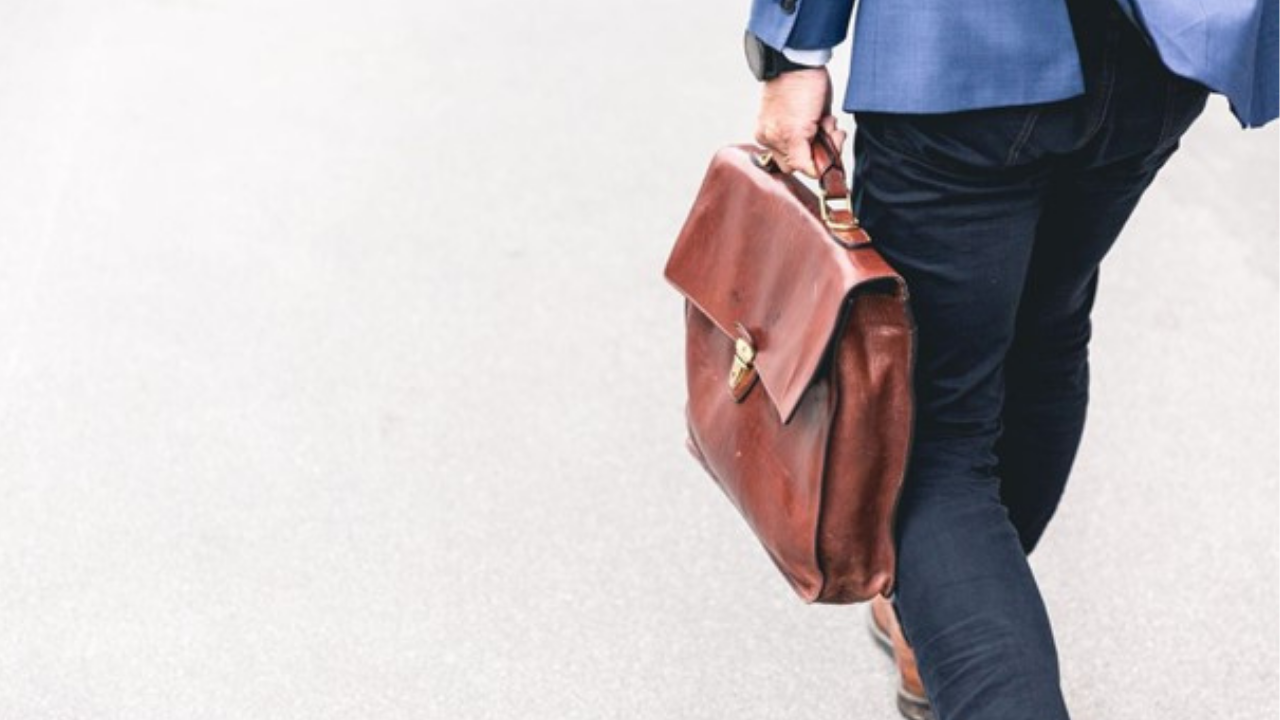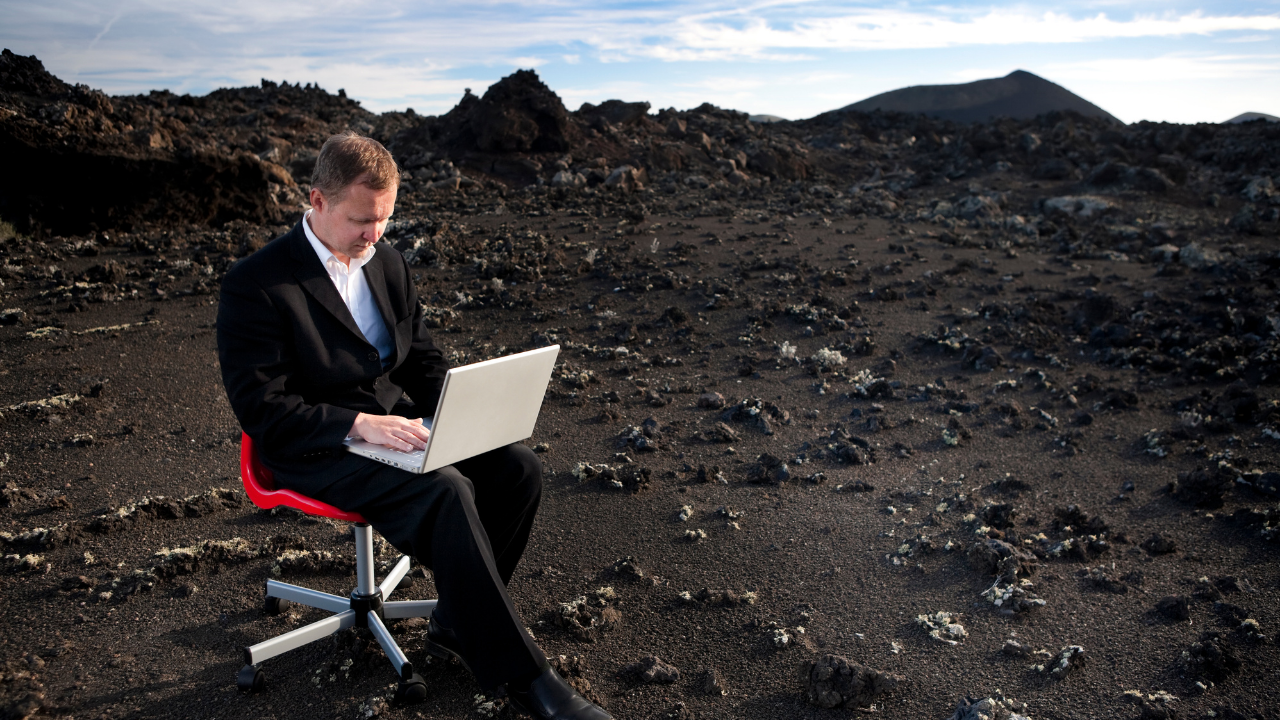
The concept of the change curve isn’t new.
However, with how the pandemic has changed the way employees work and businesses functioning, it is relevant to businesses right now.
As peoples’ attitudes shift between denial, resistance, exploration and acceptance, we can view these phases through the lens of behavioral biases.
This enables us t0 create more tailored engagement programs.
Here’s how.
Denial
When the pandemic created changes such as remote working, taking a pay cut, or being furloughed, people struggled, launching them into denial.
Understanding this can be complex and vary from situation to situation.
But we have common behavioral responses, such as the status quo bias, for example.
This bias contains a strong preference for our current situation, where the current baseline serves as a reference point .
From here, people perceive change as a loss (which we strongly want to avoid).
Loss aversion links to the status quo bias.
This tells us that we are much more likely to take risks to avoid the pain of loss.
Losing something is psychologically twice as powerful as the pleasure of gaining something.
How to respond?
People need people breathing space to experience grief in this phase and not feel rushed.
Sharing too many positive messages at this stage is at best ineffective and – at worst – could result in you activating the reactance bias.
This refers to our tendency to do the opposite of what we’ve been asked if we’re pushed.
Where possible, provide compulsory defaults – for example, training sessions or briefings.
The extra mental effort required to understand new ways of working is part of the pain of change.
When you provide firm defaults, you could remove some of this.
The spacing effect also tells us learning works better when you space out study sessions.
So put effort into spacing out the messages you need people to absorb in a way that makes it easier for them.
Resistance
The denial phase normally follows a period of resistance, which begins as people realize there is no way to avoid change.
This manifested itself through anti-lockdown protests.
During this stage, people felt angry and anxious.
Here, people felt affected by the autonomy bias, which is the need to feel like they are making their own choices.
It’s also likely that, having decided the change was negative or “won’t work anyway”, people fell prey to confirmation bias.
This cognitive bias compels us to actively look for information that confirms our existing beliefs (and shuns anything that doesn’t support them).
How to respond?
Provide forums and tools to acknowledge (rather than respond to) employees’ feelings.
Offer opportunities to make some small, personal choices for themselves that salve the wound of losing autonomy.
Take advantage of the curiosity tendency bias: we have an innate desire to seek more information.
Think about how you could activate curiosity with “pull” rather than “push” messaging in this phase.
Use playful and mysterious cues to try and draw people in.
Once you pique curiosity, build on this using the “foot in the door” bias.
Research shows people are more likely to agree to a large request in the future after agreeing to a small step first.
Exploration
The exploration phase is where team members start to feel a part of the change.
You must provide meaningful roles for people so they feel they can actively participate.
They may now be affected by hedonic adaptation, meaning they feel less and less discomfort for a perceived loss as time goes by.
Dynamic norms may also start to be at play.
This is where people are affected by the behavior of those around them.
Therefore, they are more likely to change their behavior and attitude when they see others around them changing theirs.
How to respond?
This is a more positive phase, so ensure you have the resources to allow and encourage active participation.
Capitalize on the storyteller bias, which shows that we’re more persuaded by those who tell stories.
Recruit and showcase employee champions of the new status quo and have them share their stories.
Humans are hardwired to copy the behaviors of others, especially in unfamiliar situations.
So put those active champions and stories on display.
Finally, the Ikea effect states that we value things we have helped create much more, than things we were not involved in.
This means it’s imperative people have the opportunity to contribute to the change process.
Acceptance
As team members begin to feel more in control of their new roles, they should also feel engaged and co-operative.
They will soon actively start working towards the new normal.
If most people make the transition, a mixture of newly embedded norms and social proof can reinforce the change.
However, people change at different rates.
Some feel left behind in the earlier phases of the change curve.
This is particularly true in a turbulent period, such as now.
It’s worth it to carry on with some of your resistance and exploration phase communications tactics, to help reinforce the transition for all.





